Setting up a gym, more than just an investment, is a challenge that requires a thorough assessment of its profitability. To determine whether this venture is truly profitable, it is crucial to explore various factors and answer key questions that will guide your path to success in the competitive world of fitness.
Before we consider this big question, we must take into account the following points to assess:
Do we know if there is Demand in the Area?
The first essential question. Conduct detailed research on the demand for gyms in the area you are considering. Examine the number of existing facilities and their occupancy. A low number of full gyms indicates unmet demand, while many empty gyms could signal market saturation. Additionally, competition and fees influence profitability. High competition can result in price deflation, which directly impacts profitability.
Where will your gym be located?
Location plays a big role. Evaluate the cost of rent based on the area and your purchasing power. Make sure the location is accessible and visible. A gym in a location that is not easily accessible may require additional services to attract users. Consider high-traffic areas, such as residential, commercial or densely populated areas.
How do you differentiate yourself from the competition?
Differentiating yourself is key to success. Identify your gym's differentiating factor, the "purple cow." It can be a unique service, welcoming facilities, flexible hours, or competitive prices. The value proposition must be clear and compelling, making customers choose your gym over others.
Is it really a good time to invest?
Once you know all the costs involved, this is a very key question. Analyze market trends. Is there a boom in demand for boutique gyms or online training? Adapting to current trends will increase the likelihood of success.
What will be your price per service and how many subscribers should you have?
Based on your competitive analysis, set subscription rates that reflect the value offered. Consider the number of subscribers needed to cover expenses and generate profits. A realistic rate estimate will help you achieve financial break-even.
In short, setting up a profitable gym involves a detailed assessment of demand, differentiation, location, market trends, startup costs, and subscription fees. Addressing each question strategically and planning accordingly will maximize your chances of success in this exciting venture. Go ahead and make your gym a preferred destination for fitness enthusiasts!
What expenses should we take into account once the gym is set up?
Starting a gym comes with significant costs, so it is crucial to carefully evaluate the initial expenses to avoid financial impacts in the first few months or even years. The key lies in being realistic and considering all possible contingencies for effective financial planning.
Setting up a gym is just the first step in creating a vibrant fitness space, but it’s vital to understand the ongoing costs involved in maintaining and operating it over the long term. Here’s a detailed look at the potential costs associated with once your gym is up and running:
- Rental of premises: Rental of premises is a key part of operating expenses. The location, size and facilities of the space will directly influence the monthly cost.
- Supplies and Equipment: Keeping your gym in tip-top shape involves regular expenses on cleaning supplies, disinfectants, and toilet paper. Additionally, you'll need to consider the maintenance and possible replacement of workout equipment, such as weights, cardio machines, and accessories.
- Electricity and Water: Constant use of air conditioning equipment and systems can increase electricity costs. Water consumption for cleaning and services is also an expense to consider.
- Staff: Salaries for instructors, personal trainers, and administrative staff are essential to operating expenses. Additionally, you may need to offer additional benefits to retain a competent team.
- Insurance: Ensuring the safety of your customers and employees involves costs associated with liability insurance, property insurance and workers' compensation insurance.
- Marketing and Advertising: Promoting your gym and attracting new clients requires ongoing investment in marketing and advertising, whether through social media campaigns, local events, or SEO strategies.
- Facility Maintenance: Regular building repair and maintenance, including HVAC, plumbing, and other facilities, is essential to ensure a safe and comfortable environment.
- Software and Technology: Implementing and updating software to manage memberships, schedule classes, and track attendance is crucial. Investment in technology to improve customer experience may also be necessary.
- Taxes and Licenses: Complying with tax obligations and obtaining the necessary licenses also entail additional costs.
- Contingencies and Reserves: It is prudent to have a contingency fund for unforeseen events, fluctuations in income and other unexpected expenses.
Understanding and managing these ongoing expenses is essential to maintaining the financial viability of your gym over time. A strategic approach to cost management will allow you to offer quality service while building a solid foundation for long-term success.
Here are some examples of rates at different gyms:
|
David Lloyd Clubs |
100 € - 300 € |
Pozuelo de Alarcón, Madrid (Serrano and Aravaca), Malaga, Zaragoza, Barcelona (Turo and Gavà Mar) |
|
Six Senses |
from €150 |
Ibiza |
|
Fitness Place |
from €25 |
Madrid, Coslada, Mostoles, Arganda, Zaragoza, Santander, Benalmadena |
|
Fitness 19 |
from €29 (depending on the centre) |
Gijon, Collado Villalba, Castelldefels, Las Rozas, Oviedo |
|
Dreamfit |
38,90 € |
Vistahermosa, Oviedo Los Prados, Gijón, Sant Adrià de Besós, Sant Boi de Llobregat, Barakaldo, Salera, Logroño, Las Palmas, |
|
VivaGym |
€29.90 |
Vitoria-Gasteiz, Almería, Nuredduna, Santa Catalina, Son Fuster, Barcelona (Avenida de Roma, Berlin, Bruc, Entença, Finestrelles, Glòries, Hospitalet, La Rotonda, La Verneda, London, Magoria, Manso, Meridiana, Sabadell, Sagrada Familia , Sagrera, Sant Antoni, Sant Feliu, Sants, Universitat, Vía Augusta), Córdoba, Granada, Madrid (Alcobendas, Ciudad Universitaria, Coslada, Cuzco, Embajadores, Fuenlabrada, Islazul, Las Tablas Norte, Las Tablas Sur, Móstoles, Príncipe de Vergara, Málaga), Málaga, Cartagena, Vigo, Seville (Dos Hermanas, Los Remedios), Valencia (Benlloch, Cánovas, Godella, La Eliana, Mercado de Campanar, Platero, Troya), Bilbao (Artea, Bilbondo, Gran Vía Bilbao) , Zaragoza (Actur, Catalonia Avenue, Road of the Towers, Carmen Gate, Romareda), |
|
Basic Fit |
€19.99 |
27 centers in Madrid, 3 in Gijón, 1 in Coslada, 3 in Bilbao, 10 in Valencia, 1 in Malaga |
|
McFit |
34,90 € |
A Coruña, Santiago de Compostela, Vigo, Gijón, Santander, Bilbao, Logroño, Valladolid, Zaragoza, Terrassa, Rubí, Sabadell, Viladecans, Cornellà de Llobregat, Mataró, Madrid, Leganés, Torrejón de Ardoz, Alcalá de Henares, Valencia, Albacete, Alicante, Palma, Murcia, Granada, Málaga, Jerez de la Frontera, Seville |
|
Altafit |
34,90 € |
The city of San Juan, Puerto Rico, is a popular destination for tourists, with a wide variety of shops, restaurants, bars, cafes, and shops. |
|
GO fit |
47,45 € |
Alcala de Henares, Ciudad Real, Cordoba, Majadahonda, Malaga, Las Palmas, Montecarmelo, Oviedo, Madrid-Peñagrande, Santander, Seville, Torrejon de Ardoz, Valladolid, Villahermoso |
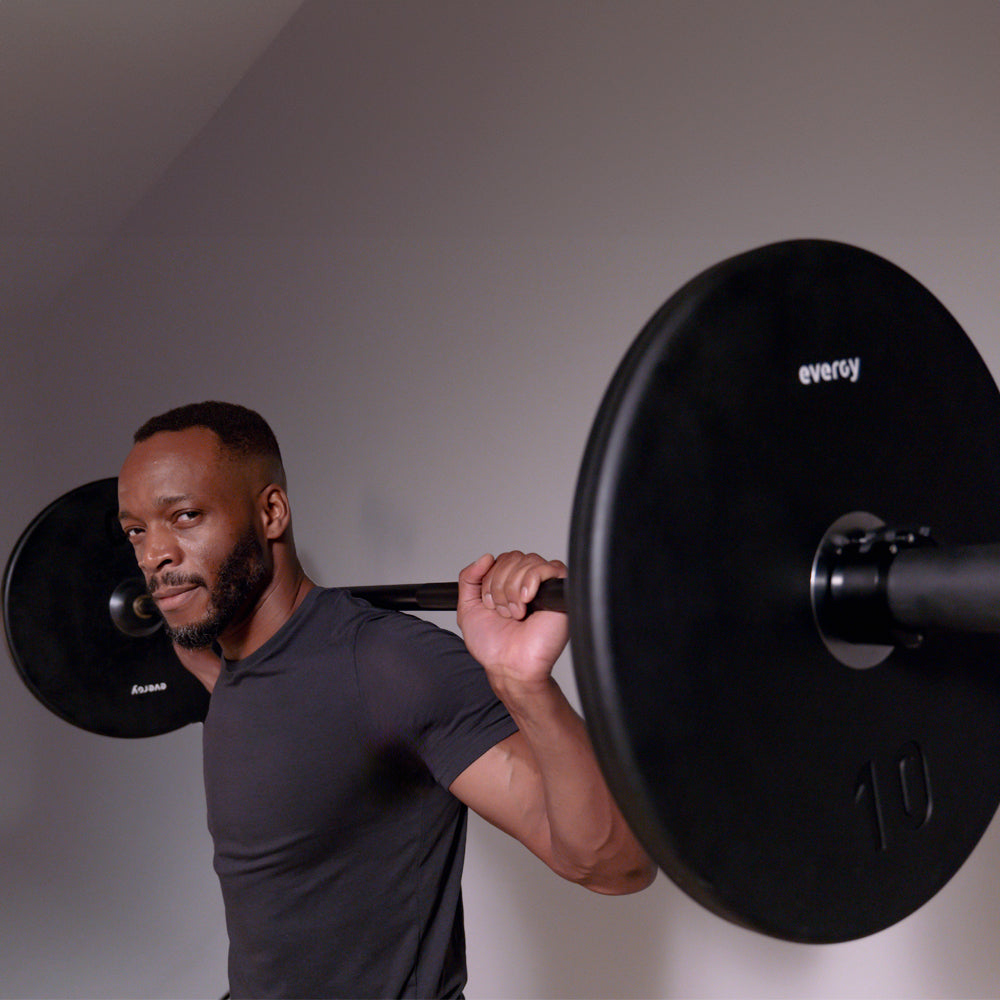
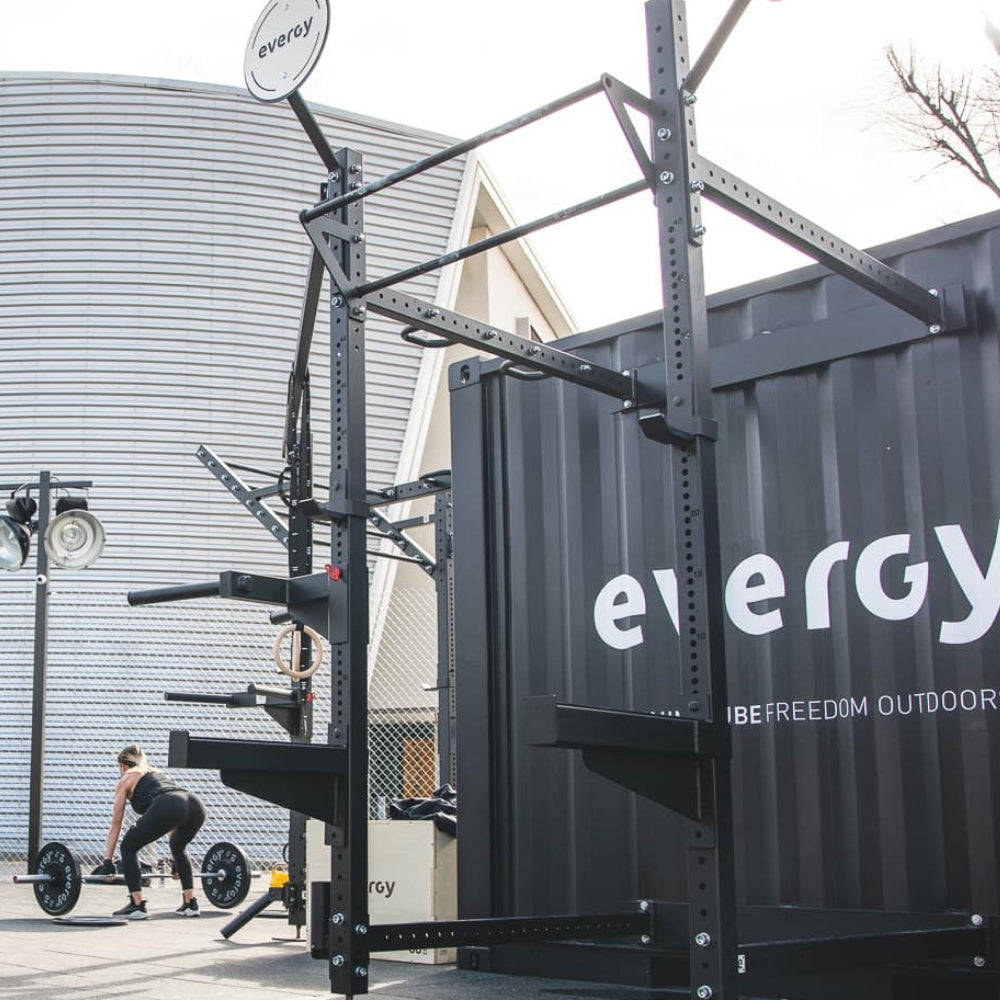
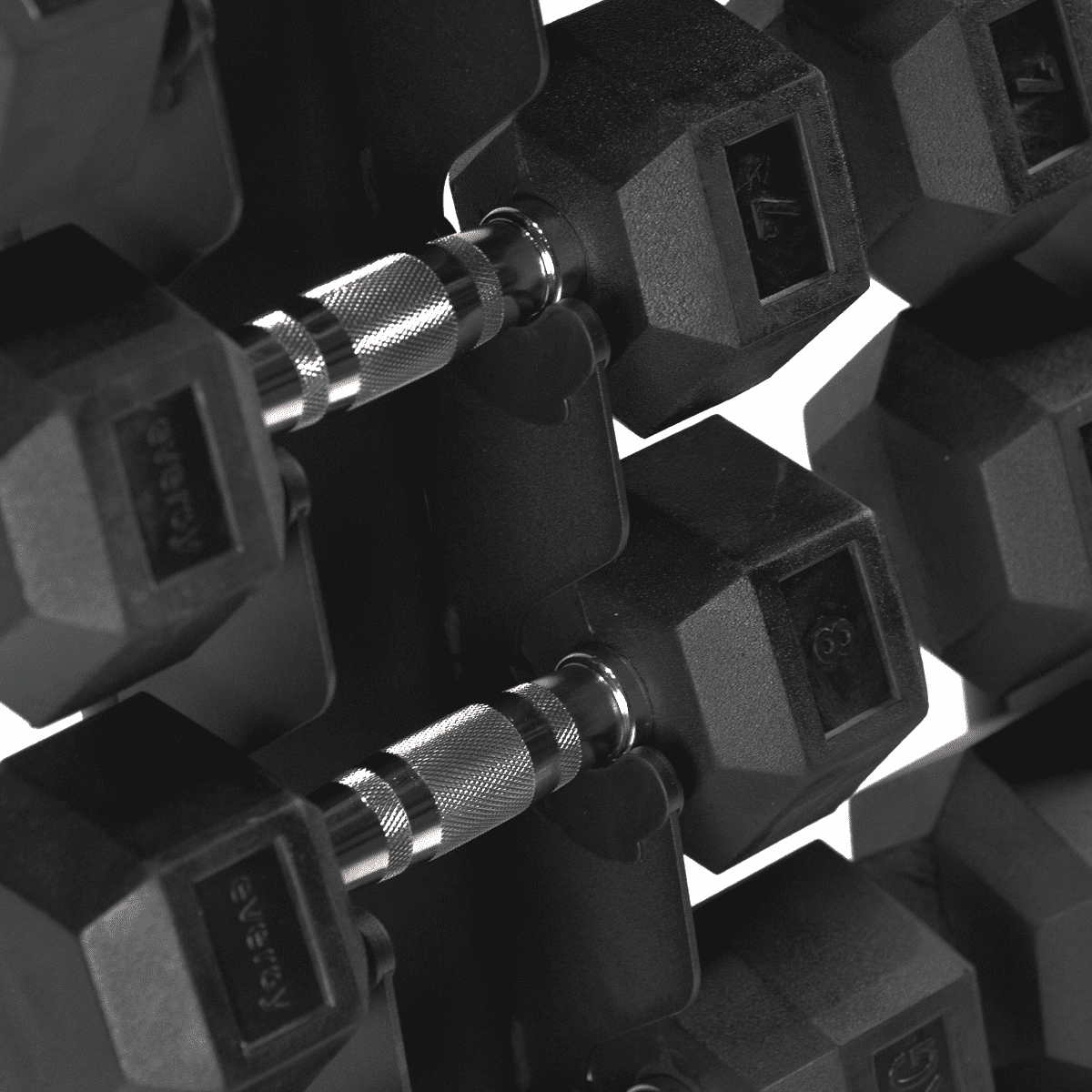
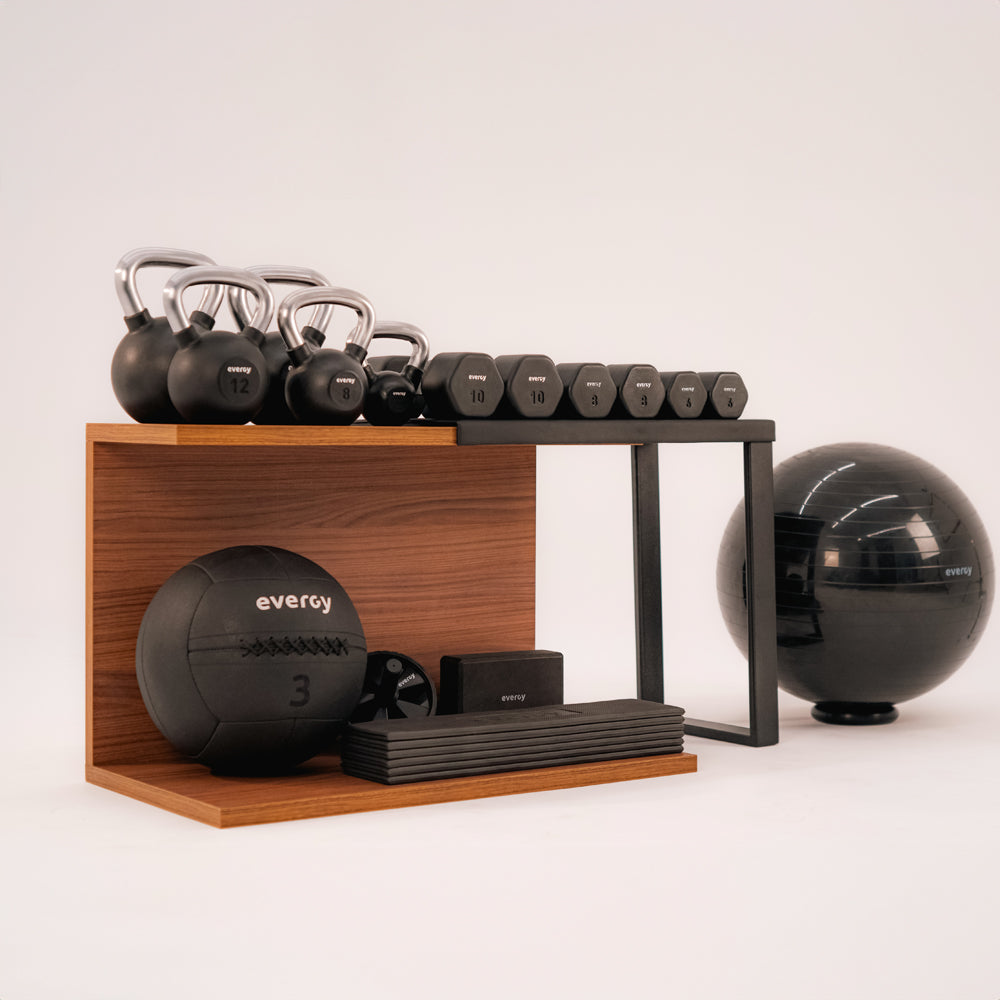

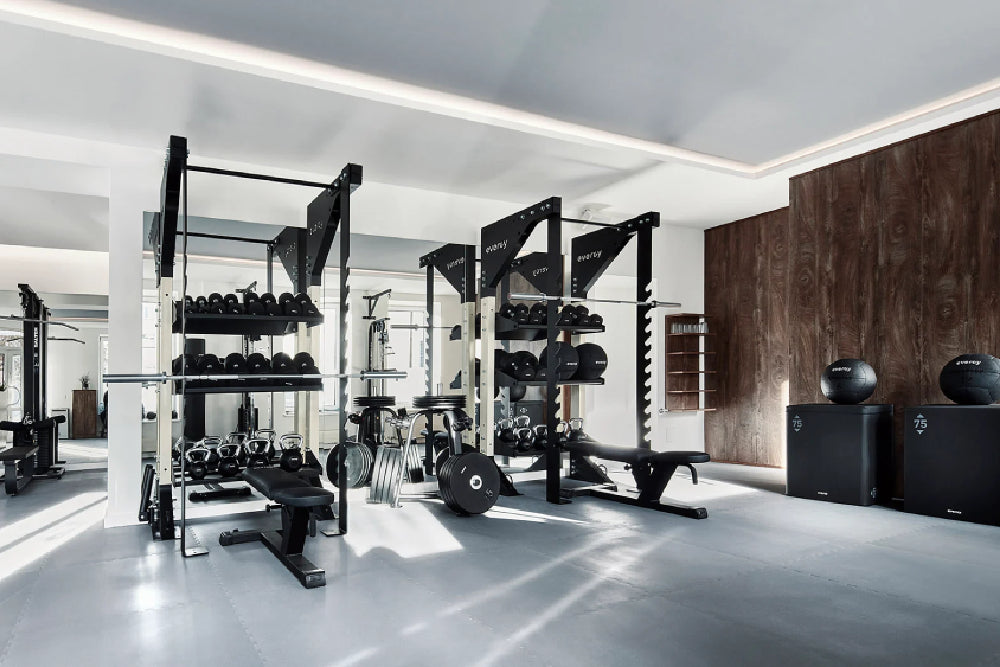
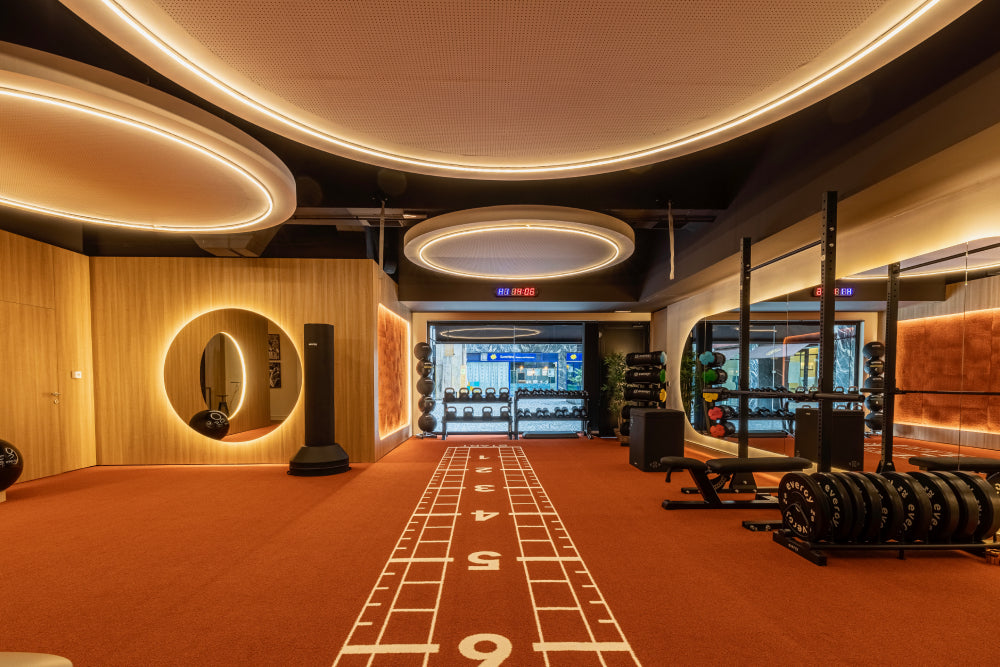
Leave a comment
All comments are moderated before being published.
This site is protected by hCaptcha and the hCaptcha Privacy Policy and Terms of Service apply.